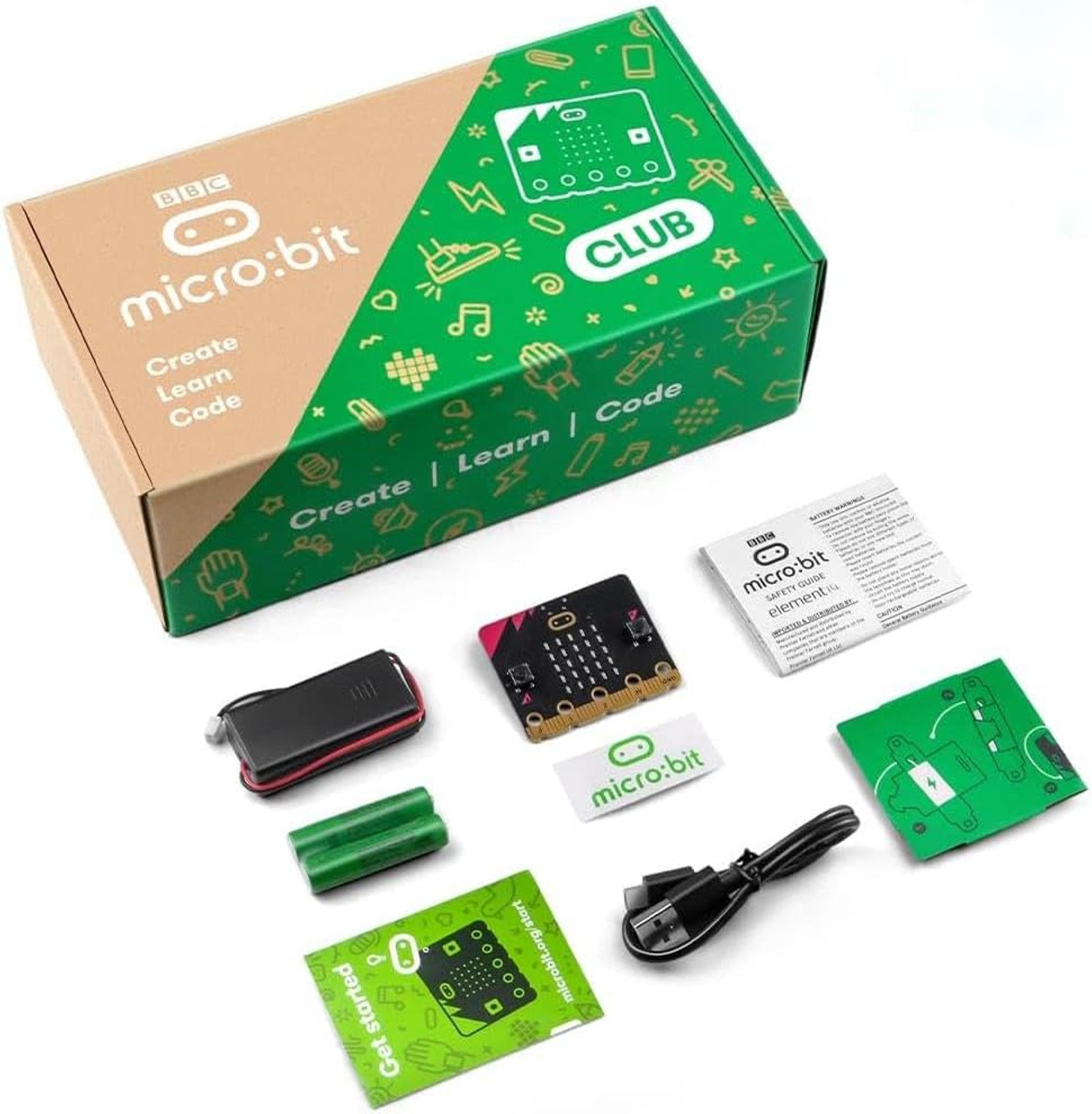The WD16: A 16-bit Microprocessor from Western digital
The WD16 was a 16-bit microprocessor introduced by Western Digital in October 1976. It was a significant development in the microprocessor industry, offering a powerful and versatile architecture for its time.
The WD16 was based on the MCP-1600 chipset, a general-purpose design that also underpinned the DEC LSI-11 low-end minicomputer and the Pascal MicroEngine processor. This shared lineage provided a solid foundation for the WD16’s architecture and instruction set.

Instruction Set
The WD16 implemented an extension of the PDP-11 instruction set architecture, although it was not machine code compatible with the PDP-11. This instruction set was designed for efficiency and flexibility, supporting a wide range of operations and addressing modes.
Addressing Modes
The WD16 offered a variety of addressing modes, including:
Register Direct: Operands are located in registers.
Registers

The WD16 featured eight general-purpose 16-bit registers (R0-R7). These registers could be used for various purposes, including storing data, holding addresses, and serving as pointers.
Memory Organization
The WD16 could directly access 64KB of memory. Memory was organized into 16-bit words, with each word occupying two consecutive bytes.
Clock Speed and Performance
The maximum clock speed of the WD16 was 3.3 MHz. This clock speed, combined with its efficient architecture and instruction set, provided respectable performance for the era.
The WD16 found applications in a variety of systems, including:
Embedded Systems: Its compact size and relatively low power consumption made it suitable for embedded applications.
While the WD16 may not be as widely known today as some of its contemporaries, it played a significant role in the evolution of microprocessor technology. Its design and architecture influenced subsequent microprocessor developments, and it served as a valuable platform for many applications during its time.
The WD16 was a pioneering microprocessor that demonstrated the power and potential of 16-bit architectures. Its innovative design, coupled with its versatility and performance, established it as a key player in the microprocessor landscape of the late 1970s and early 1980s. Although superseded by more advanced processors over time, the WD16’s legacy continues to inspire and inform the field of microprocessor design.
bitmicro western digital
